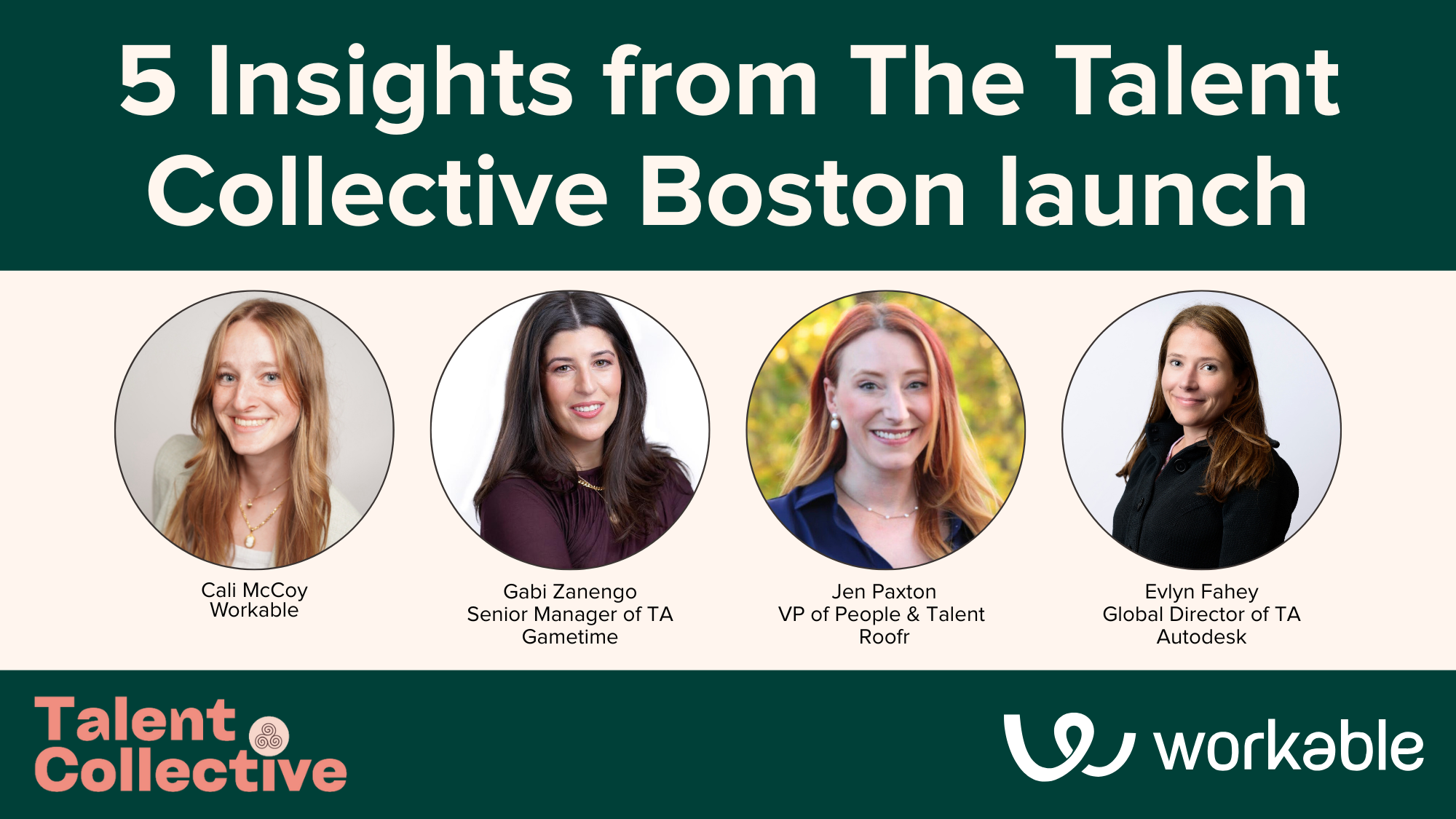5 alternatives to the same old resume
Traditional resumes are being challenged by innovative alternatives like LinkedIn profiles, infographic resumes, social resumes, Workshape, and personal websites. These alternatives offer unique ways to showcase skills and experiences, moving away from telling what you can do to showing what you can do.

Outdated, suboptimal, dysfunctional are just a few of the words readily associated with resumes. We’ve been in an unhappy relationship with the resume for most of our working lives (or all of them if you’re a millennial).
The BBC’s late, lamented tech series, Tomorrow’s World, showed us an office of the future way back in 1967, it had a robotic receptionist, computers everywhere and no CVs. Forty years later we’re most, if not all of the way there on the first two, but the resume refuses to die.
A whole cast of resume alternatives have auditioned over the years for the role of resume replacement but none of them have really landed the role. Meanwhile, we remain stuck in the wrong conversation. We discuss the form that our professional story takes — paper, VHS cassette (yeah, that was a thing) rather than the function.
So, now for the futurism. Here are some examples of interesting contenders for new types of resumes and a new functional way of telling our professional stories.
1. LinkedIn profiles
Since its appearance in 2003 LinkedIn has been championed as the scourge of the resume. “Resumes have stunk for a long time but LinkedIn may finally be their death knell,” predicts HR strategist, Dr John Sullivan. “The main problem with resumes is that it takes too long and a lot of motivation for nonactive jobseekers to update them. So by substituting a LinkedIn profile (which they constantly remind you to update) you can avoid that time delay. In addition with LinkedIn profiles, all the information is in the same place, so it is easy to compare two individuals on the same factors. There is also some data showing that because LinkedIn profiles are public, they are more accurate than resumes.”
The downside to LinkedIn profiles is that you don’t own it, LinkedIn does. This means they get to dictate layout, rules and to some extent content. This suits employers but candidates will chafe against these constraints. The resilience of the resume is partly explained by the enduring belief that it’s possible to game your way to a job you’re not qualified for.
2. Infographic resume
Suspend your disbelief. It might feel like this idea had a false start, and certainly we’ve seen some bad ones. Some hiring managers find them frustrating because they want a five-second scan of the resume and complain that design trumps content. For sure, infographic resumes don’t suit every job or every candidate but some recruiters, including Matt Buckland, see nothing wrong with them depending on the relevance to the role. For those of us who are not designers but would like to take a look at what’s possible the tools are improving. The standout is ResumUp who offer a basic visualization of your resume or LinkedIn profile for free. For a monthly fee of around $5 you can get a lot more bells and whistles working on your behalf. There are also a few decent alternatives to ResumUp.
3. Social resume
Done well via YouTube, Facebook etc. the social resume is useful. Done poorly (as it most often is) it’s painful. People have been trying video portfolios since the heyday of VHS (DVDs that looked like plastic bricks). YouTube gave fresh oxygen to this with often dreary results, as people produced home movies selling themselves. How many hiring managers do you know who hired someone on the strength of a YouTube resume?
A lot more employer branding is happening on video platforms (with General Electric showing how it should be done). So it’s fair enough the applicants respond in kind. The vogue for QR codes on resumes feels like just that, a vogue. That said, they don’t have to be black and white and ugly as Hamilton Chan from Paperlinks explains. Mashable has a meandering roundup of social media resumes being done well in varying formats. It’s hard not to think that this is a cute way to meet marketing or community manager candidates but not a good fit for everyone else.
4. Workshape
Hung Lee, the CEO of Workshape.io likes to compare text-based resumes to fossil fuels. We know fossil fuels are bad but we’re so invested in them we’re reluctant to move on. Lee has turned to developers and techies because he thinks they’re more open to swifter change. He’s right that this community has already rejected the resume in large part: “There no quicker way to end a recruiting conversation with a developer than to ask them for their resume. They will say ‘look at my website, which I built myself’ or my answers on Stack Overflow, or my repo’s on Github, or the apps I’ve built.”
His answer was a visual signature or Workshape, a graphic representing how much time a developer wants to spend on tasks such as operations, UX, front-end, back-end etc. The results make their workshape. Whether this will “lead the way in teaching the mass market that there are other ways to describe the work humans do,” remains to be seen.
5. Personal website
You know you’re approaching the end when you get something that feels like a combination of several of the previous entries. The personal website has many of the problems associated with the resume and resume alternatives: it takes time to do it well and to maintain it; it can be hard for a hiring manager or recruiter to get the information they’re looking for and the result is subjective. But it also has all the creative strengths of the previous suggestions, as well as greater flexibility. For designers and architects it’s a portfolio. For writers it’s a library. For photographers it’s a gallery and for engineers it’s a demonstration of actual skills. The point here is that for a host of different careers it’s becoming increasingly possible to show what you can do rather than tell someone you can do it. As we become more aware of conscious and unconscious bias in the recruiting process and we blind our resumes to contact details, name gender and even college background, we creep slowly towards matching jobs and people in a more objective way.
Frequently asked questions
- What are some alternatives to traditional resumes?
- There are several innovative alternatives to traditional resumes, including LinkedIn profiles, infographic resumes, social resumes, Workshape, and personal websites. Each of these alternatives offers a unique way to showcase a candidate's skills and experiences.
- Why are LinkedIn profiles considered a good alternative to resumes?
- LinkedIn profiles are constantly updated and provide a uniform layout, making it easy to compare candidates. They are also public, which increases their accuracy. However, LinkedIn controls the layout and content, which may limit a candidate's creativity.
- What is an infographic resume?
- An infographic resume is a visually appealing representation of a candidate's skills and experiences. While it may not suit every job or candidate, it can be an effective way to stand out, especially for roles where design skills are relevant.
- How does a social resume work?
- A social resume, created using platforms like YouTube or Facebook, allows candidates to showcase their skills in a more dynamic and interactive way. However, the effectiveness of a social resume can vary greatly depending on the quality of the content and its relevance to the job.
- What is a Workshape?
- A Workshape is a visual representation of how a developer wants to spend their time on tasks such as operations, UX, front-end, back-end, etc. It's a unique way for tech professionals to express their work preferences and skills.




